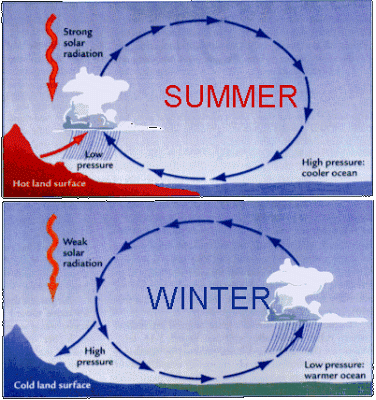Twenty six people have now been confirmed dead and over 130 more are still missing following the collapse of a dam at a hydro-electric plant in southern Laos on Monday 23 July 2018. The incident happened at about 8.00 pm local time, when the Xepian Xe Nam Noy Dam, part of a hydroelectric plant being constructed on the Mekong River in Attapeu Province gave way with very little warning, releasing about five billion cubic metres of water in a wave that was about 10 m high when it hit the closest villages. At least six villages were hit by the flood, with around 6000 people being forced to flee their homes, and a similar number suffering flood damage to varying degrees.
Flooding in Attapeu Province, Laos, following the collapse of a dam at the Xepian Xe Nam Noy Hydroelectric Projest. AFP/Getty Images.
The hydroelectric project, which is estimated to have been about 90% complete at the time of its collapse, was being constructed by a consortium of Thai and South Korean companies, ostensibly to bring power to rural regions of what is one of Asia's least developed nations, though it is likely that most of the electricity generated would have been exported to Thailand. The dam is thought to have collapsed due to an unexpectedly high volume of water gathering behind it due to this year's exceptional monsoon season. It is also feared that, in addition to the obvious damage caused by the flood, the sudden release of water may have scoured away river beds and topsoil, exposing unexploded bombs dropped in the area by the US during the Vietnam War.
Villagers sheltering on the roofs of their homes following a flood triggered by the collapse of a dam in Attapeu Province, Laos, on 23 July 2018. Reuters.
Monsoons
are tropical sea breezes triggered by heating of the land during the
warmer part of the year (summer). Both the land and sea are warmed by
the Sun, but the land has a lower ability to absorb heat, radiating it
back so that the air above landmasses becomes significantly warmer than
that over the sea, causing the air above the land to rise and drawing in
water from over the sea; since this has also been warmed it carries a
high evaporated water content, and brings with it heavy rainfall. In the
tropical dry season the situation is reversed, as the air over the land
cools more rapidly with the seasons, leading to warmer air over the
sea, and thus breezes moving from the shore to the sea (where air is
rising more rapidly) and a drying of the climate.
Diagrammatic representation of wind and rainfall patterns in a tropical monsoon climate. Geosciences/University of Arizona.
Much of Southeast Asia has two distinct Monsoon Seasons, with a Northeast Monsoon driven
by winds from the South China Sea that lasts from November to February
and a Southwest Monsoon driven by winds from the southern Indian Ocean from March to October. Such a double Monsoon Season is common
close
to the equator, where the Sun is highest overhead around the equinoxes
and lowest on the horizons around the solstices, making the solstices
the coolest part of the year and the equinoxes the hottest.
The winds that drive the Northeast and Southwest Monsoons in Southeast Asia. Mynewshub.
See also...
Follow Sciency Thoughts on
Facebook.










